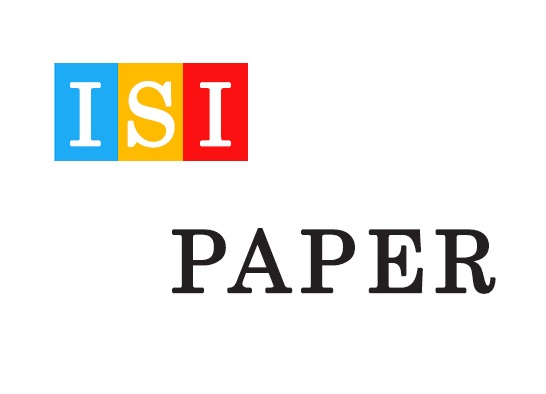دانلود رایگان مقاله ISI درباره کودکان بسیار زودرس،خط سیرهای رشد فردی و رشد زبانی
دانلود رایکان مقاله انگلیسی ISI با موضوع مدل سازی خط سیرهای رشد فردی در طی سه سال نخست زندگی

عنوان فارسی مقاله:
رشد زبانی، حرکتی و شناختی کودکان بسیار زودرس: مدل سازی خط سیرهای رشد فردی در طی سه سال نخست زندگی
عنوان انگلیسی مقاله:
Language, motor and cognitive development of extremely preterm children: Modeling individual growth trajectories over the first three years of life
دانلود رایگان مقاله ISI با فرمت PDF:
مشاهده توضیحات کامل و خرید ترجمه فارسی با فرمت ورد تایپ شده:
بخشی از مقاله انگلیسی :
2. Methods
2.1. Participants
Twenty-eight monolingual Italian children living in the Emilia-Romagna Region of Italy were enrolled for this study. Seventeen children (10 female, 7 male) were ELGA, born from 2007 to 2008 at the Neonatal Intensive Care Unit (NICU) of the University of Bologna, which is a tertiary care level unit equipped with assisted ventilation. The ELGA children were recruited into the study if, at birth, they had met three primary medical criteria: (a) GA 28 weeks, determined by the date of the mother’s last menstrual period and confirmed by first-trimester early ultrasonography, (b) no indication of major cerebral damage as detected by ultrasound (US) and confirmed by magnetic resonance imaging at 40 weeks of GA when its employment was indicated by the US outcome [i.e., periventricular leukomalacia (PVL), intra-ventricular hemorrhage (IVH) > II grade, hydrocephalus,] and/or congenital malformations, and (c) no indication of visual [retinopathy of prematurity (ROP) > II grade] or hearing impairment. For the present study, children whose families did not speak Italian as their primary home language were not included, as bilingualism has been associated with slower cognitive and communicative-linguistic development in preterm children during the first two years of life (Walch, Chaudhary, Herold, & Obladen, 2009). The mean GA of the ELGA children was 25.7 weeks (SD = 1.4; range = 23–28) and their mean BW 800 grams (SD = 196; range = 509– 1093). Although children with major cerebral damage or malformations were excluded from enrolment in the study, those recruited did have some medical complications; these included small for gestational age (SGA, n = 2, 12%), respiratory distress syndrome needing mechanical ventilation (RDS, n = 17, 100%), bronchopulmonary dysplasia (BPD, n = 10, 59%, defined as need of supplemental oxygen at 36 weeks of postconceptional age), IVH of grade I or II (n = 1, 6%) detected by US, ROP of grade I or II (n = 12, 71%), and hyperbilirubinemia treated with phototherapy (n = 13, 76%). In addition, 14 (82%) ELGA children had had persistent hyperechogenicity (HE) of white matter (14 days) as indicated by US; however, none of these children had developed PVL because, in all instances,the HE had been completely resolved at 3 months. Mean hospitalization length was 93 days (SD = 34; range = 49–152). Twelve (71%) were first-born and 5 (29%) second or later born. The sample of ELGA group is best described as distributed across the general range of socioeconomic status (SES) strata, estimated from parental highest level of educational attainment: 10 (59%) mothers and 13 (77%) fathers had a middle/low educational level (completed high school or at least basic education) and 7 (41%) mothers and 4 (23%) fathers had a high educational level (completed University/Master’s degree). The mean age of mothers was 36.1 years (SD = 4.8; range = 27–44) that of fathers 36.5 years (SD = 6.2; range = 27–46).


